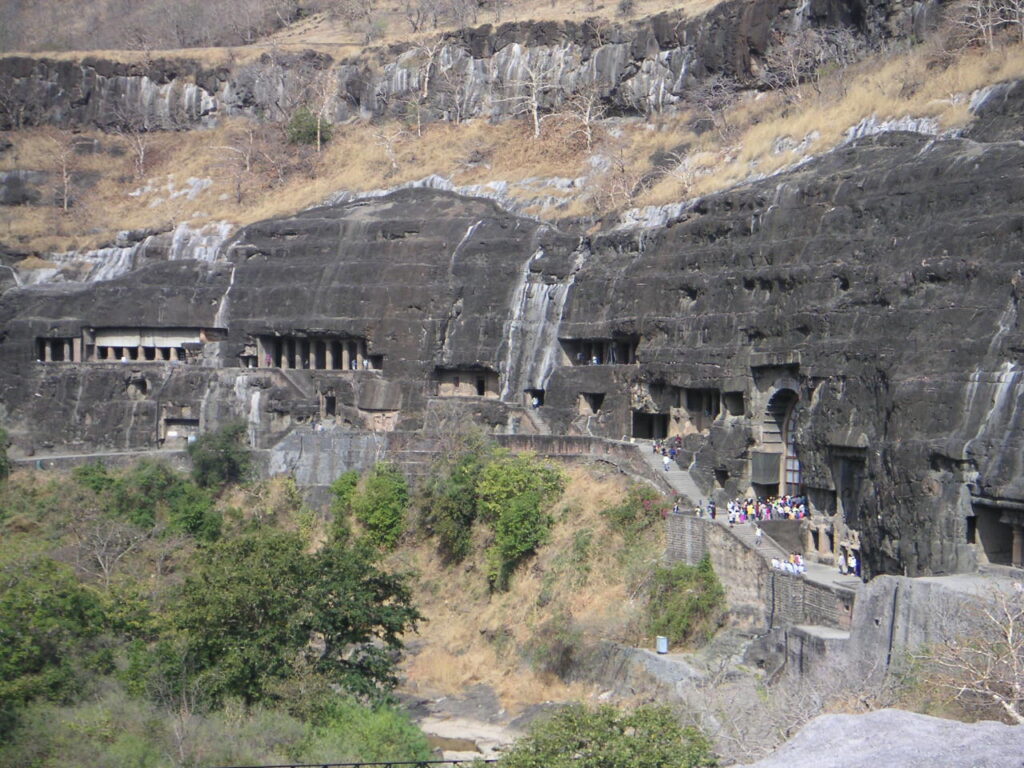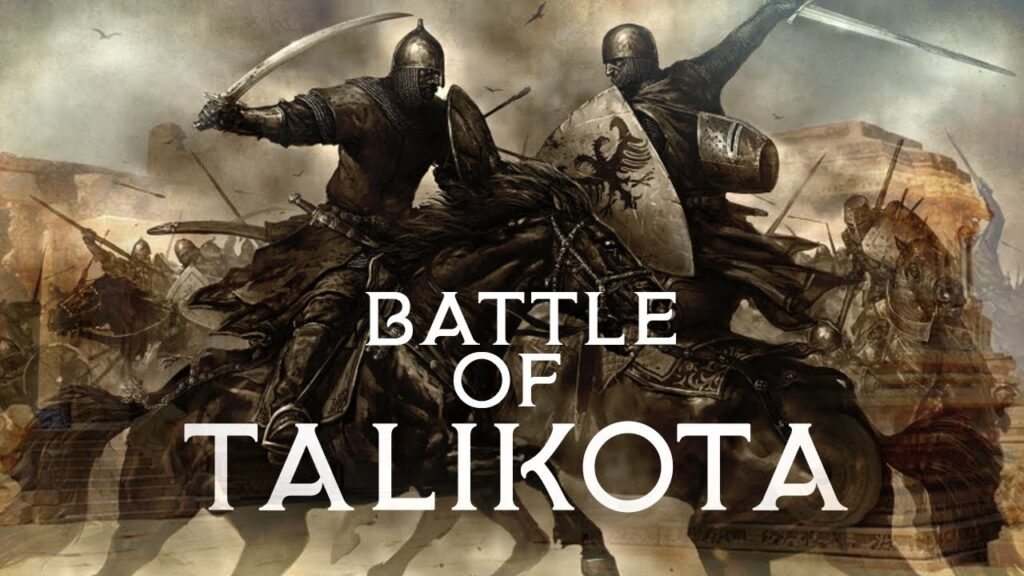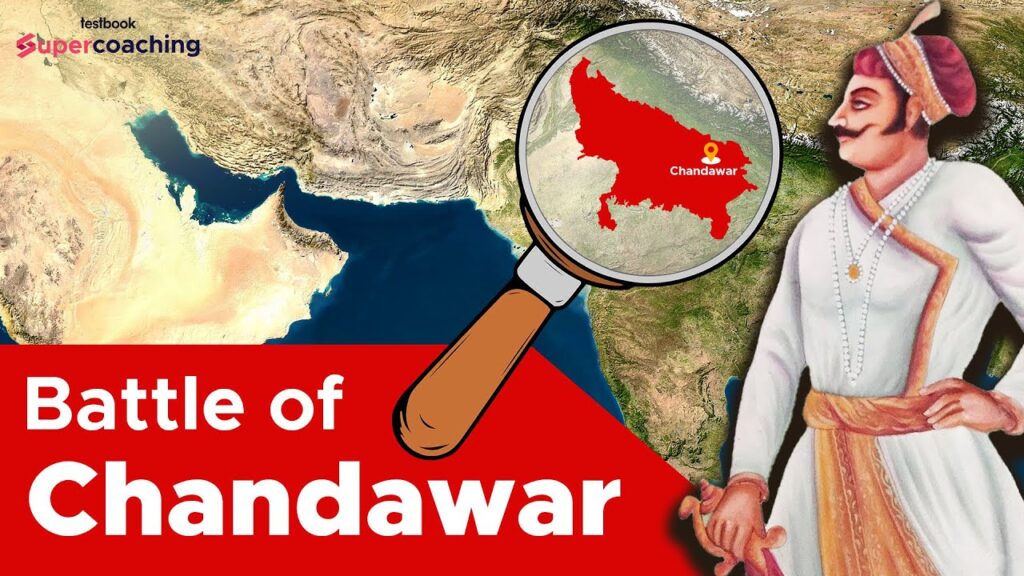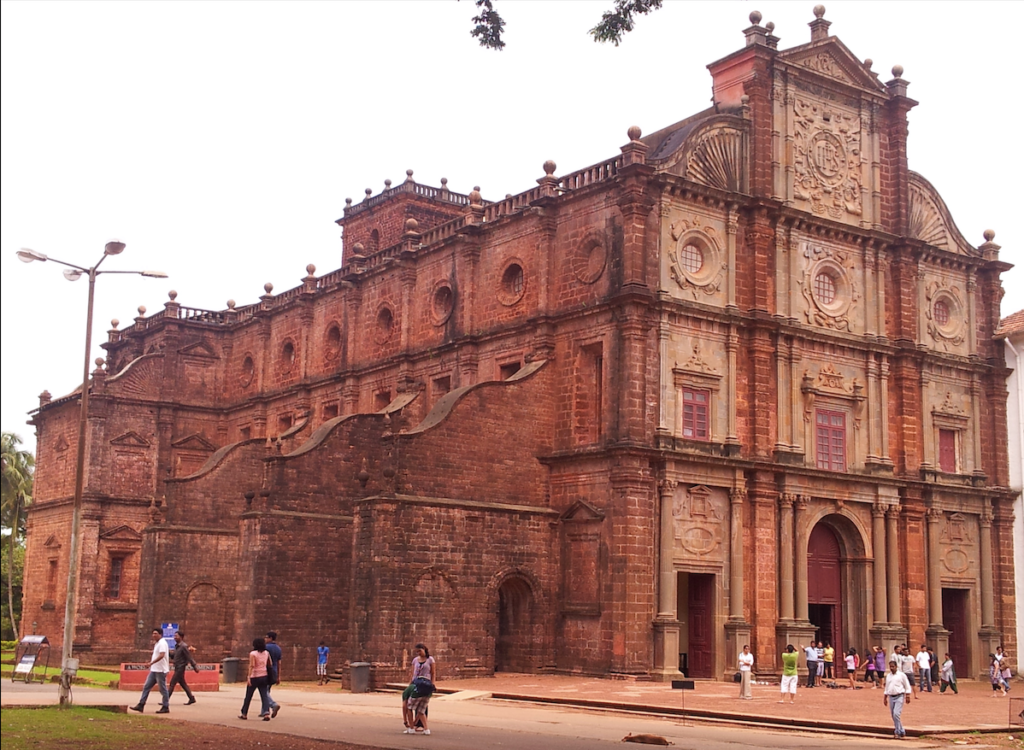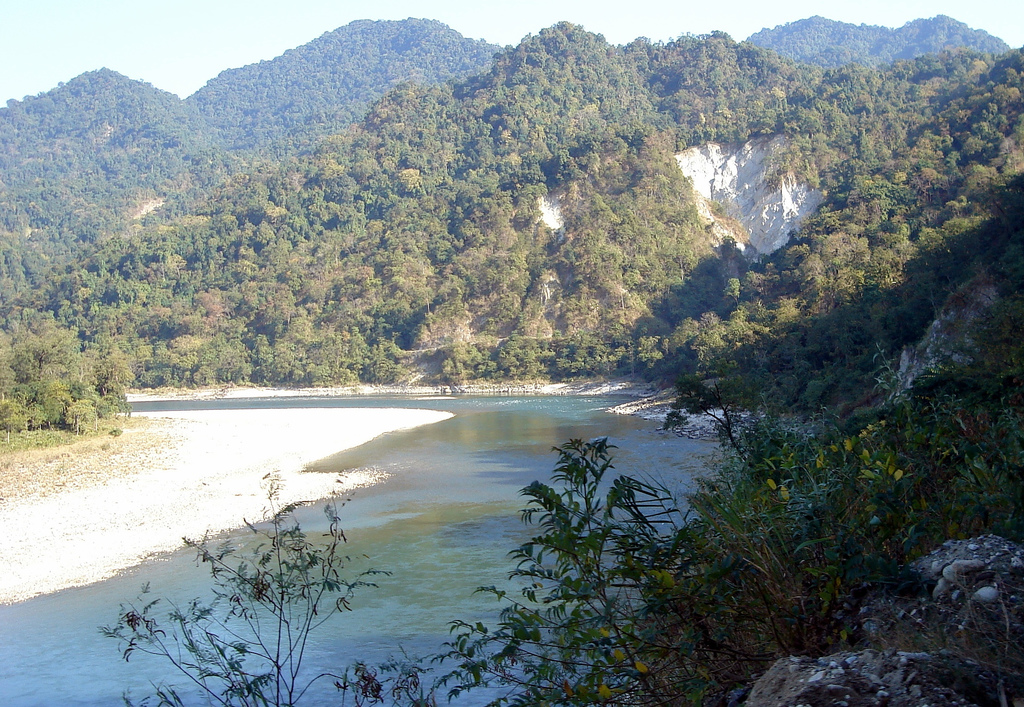Nestled amidst the verdant landscapes of ancient Bengal, the kingdom of Pundravardhana emerges as a crucible of culture, rites, and enduring legacy. From its early origins to its eventual decline, the kingdom’s saga unfolds as a testament to the rich tapestry of Indian civilization. In this exploration, we embark on a journey to unravel the enigmatic legacy of Pundravardhana, tracing its cultural milieu, examining its rites and rituals, and delving into the factors that precipitated its decline.
1. Origins and Area:
The kingdom of Pundravardhana finds mention in ancient Indian texts such as the Mahabharata and the Puranas, dating back to the Vedic period. Situated in the fertile delta of the Ganges, Pundravardhana encompassed vast swathes of territory in present-day Bangladesh and the Indian state of West Bengal. Its strategic location facilitated trade, commerce, and cultural exchanges, shaping its socio-political landscape.
2. Cultural Rites and Traditions:
Pundravardhana’s cultural tapestry was woven with threads of diversity, as reflected in its rites, rituals, and traditions. The kingdom’s inhabitants, influenced by Vedic, Buddhist, and indigenous practices, celebrated a rich tapestry of festivals, ceremonies, and observances. From the worship of local deities to the performance of elaborate rituals, Pundravardhana’s cultural ethos reflected the syncretic blend of indigenous and foreign influences.
3. Legacy and Influence:
Despite its modest size, Pundravardhana left an indelible mark on the cultural landscape of ancient Bengal. Its architectural marvels, including stupas, viharas, and temples, bore testament to the kingdom’s patronage of art and architecture. The spread of Buddhism and Jainism in the region owes much to Pundravardhana’s role as a center of religious learning and pilgrimage. The kingdom’s literary legacy, epitomized by the works of poets and scholars, continues to inspire generations.
4. Decline and Fragmentation:
The decline of Pundravardhana was precipitated by a confluence of internal strife, external invasions, and socio-political upheavals. Dynastic rivalries, succession disputes, and administrative inefficiencies weakened the kingdom’s central authority, paving the way for external aggressors to exploit its vulnerabilities. Invasions by regional powers such as the Mauryas, Guptas, and later the Pala Empire further hastened Pundravardhana’s decline, leading to its eventual fragmentation and absorption into larger political entities.
5. Enduring Impact and Historiographical Perspectives:
Though Pundravardhana may have faded into obscurity, its legacy endures as a beacon of cultural resilience and historical significance. Historians and archaeologists continue to unearth new insights into the kingdom’s past, drawing upon a wealth of textual, epigraphic, and archaeological sources. Debates persist regarding the nature of Pundravardhana’s decline and its broader significance in the context of Indian history, underscoring the complexity of historical inquiry.
Conclusion:
In the annals of Indian history, Pundravardhana stands as a testament to the enduring spirit of cultural dynamism and resilience. From its humble beginnings to its eventual decline, the kingdom’s saga resonates with echoes of bygone eras and vanished kingdoms. As scholars continue to unravel the mysteries of Pundravardhana’s legacy, they illuminate the rich tapestry of Indian civilization and the timeless quest for identity, meaning, and belonging.


